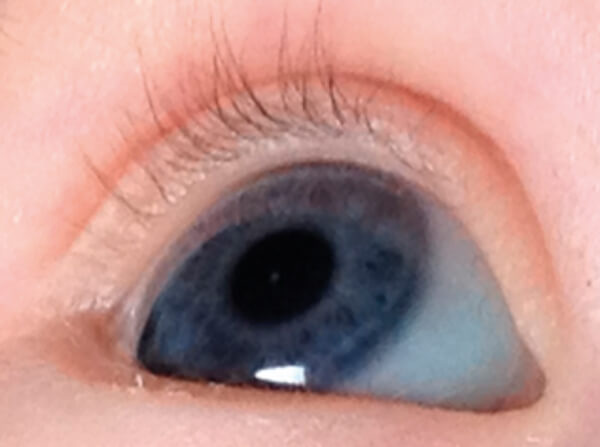
If you or a loved one has been diagnosed with developmental cataracts, it’s important to learn as much as possible about the condition. This blog post will provide you with information about what developmental cataract is, how it is treated, and what to expect in the future. We hope that this information will help you feel more confident and prepared as you face this challenging time.
While cataracts are usually associated with old age, a developmental cataract is a type of congenital cataract, which means it is present at birth or develops in early childhood. Developmental cataracts are relatively rare, accounting for only about five percent of all cases of cataracts.
It is believed that developmental cataracts are caused by a genetic mutation or by exposure to certain environmental factors during pregnancy. However, there is no definitive cause for this condition.
There are many different types of developmental cataracts, which can be classified based on their location in the eye or their appearance.
These are just a few of the many types of developmental cataracts. It is important to note that many of these types can occur in combination with one another. So if you or your child has been diagnosed with a developmental cataract, it is important to talk to your doctor about the specific type or types that are present.
The most common symptom of a developmental cataract is decreased vision in the affected eye or eyes. Other symptoms may include:
If you experience any of these symptoms, it is important to see an eye doctor for a comprehensive eye exam. Only an eye care professional can diagnose a cataract and determine the best course of treatment.
Because it is not possible to prevent or cure developmental cataracts, the focus is on managing the symptoms and preserving vision. Otherwise, it can lead to serious vision problems, including blindness. There are a few different treatment options available for people with developmental cataracts. So find one that suits you.
Additionally, people with certain genetic conditions (such as Down syndrome) are more likely to develop cataracts. For instance, those with Down syndrome have a 50% chance of developing cataracts by the age of 40.
Environmental factors are also thought to play a role in the development of cataracts. For example, exposure to UV light (from sunlight or artificial sources) can damage the lens of the eye and lead to cataract formation.
So overall, the causes can be divided into two main categories: genetic and environmental. However, it is important to note that the exact cause of any given cataract may not be known. Thus, you should consult with an eye doctor if you have any concerns.
A diagnosis of developmental cataracts is usually made during a routine eye examination. Your doctor will ask you about your family history of cataracts and perform a comprehensive eye exam. This will include testing your visual acuity, checking your pupils for signs of cloudiness, and examining the lens of your eye for changes.
A thorough medical history will also be taken to rule out other causes of cataracts, such as diabetes, trauma, or certain medications. If your doctor suspects you have a cataract, they may refer you to an ophthalmologist for further testing.
An accurate diagnosis is necessary because this type of cataract can be treated differently than other types. If left untreated, developmental cataracts can lead to serious vision problems, including blindness.
These options can be used alone or in combination with each other, depending on the severity of your cataract.
Glasses are the simplest and most common treatment for a cataract. They can help to improve your vision by bending the light that comes into your eye. You may need to get new glasses or a stronger prescription as your cataract progresses.
Contact lenses can also be used to help improve your vision. They correct the way light bends as it enters your eye and hits the back of your retina. Contact lenses are a good option for people who cannot or do not want to wear glasses.
Surgery is usually only needed if your cataract is severe and is affecting your vision. During surgery, the cloudy lens is removed and replaced with an artificial lens. Surgery is usually a safe and effective way to treat a cataract.
If you have a developmental cataract, it is important to see an ophthalmologist for a comprehensive eye exam. They will be able to diagnose your condition and create a treatment plan that is right for you. So do not wait, if you think you may have a cataract, make an appointment with your ophthalmologist today.
To conclude, a developmental cataract is a type of cataract that is present at birth or develops in early childhood. It is a leading cause of blindness in children and can result in serious vision problems if left untreated. Early diagnosis and treatment are essential for the best possible outcome.
If you have any concerns about your child’s vision, please be sure to talk to your doctor. They can refer you to a pediatric ophthalmologist for further evaluation. And if you have any questions, please don’t hesitate to reach out to Eye Mantra.
At EyeMantra we have a team of experienced eye surgeons, who will be happy to answer your any questions on cataract surgery, cataract surgery cost, cataract lens cost for different cataract surgery types- Phacoemulsification, MICS & Femto Laser Cataract. Call us at +91-9711116605 or email at eyemantra1@gmail.com for inquiries.